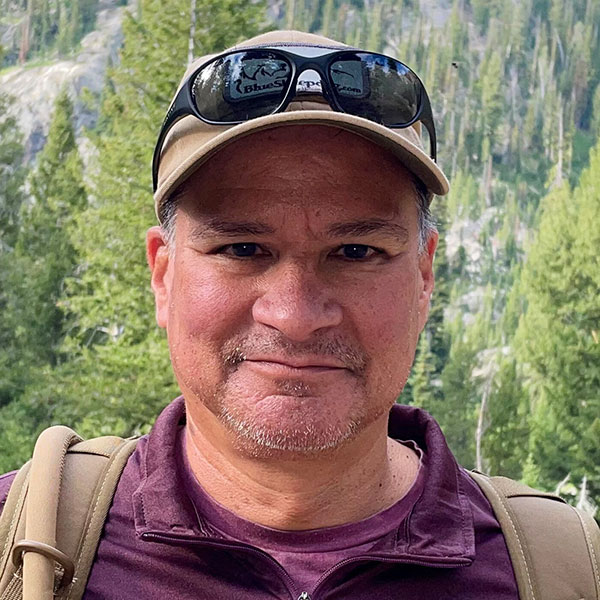10 Features Your EDC Knife Needs
April 19th, 2024
7 minute read
Going forth into the world, we know how important it is to load out our pockets, and perhaps packs, each day with the right tools. Every Day Carry (EDC) gear can include keys, watches, flashlights, pens, small pry bars, multi-tools, and those items particular to your line of work or expertise. In my experience, no stand-alone piece of EDC gear is more useful than a knife.
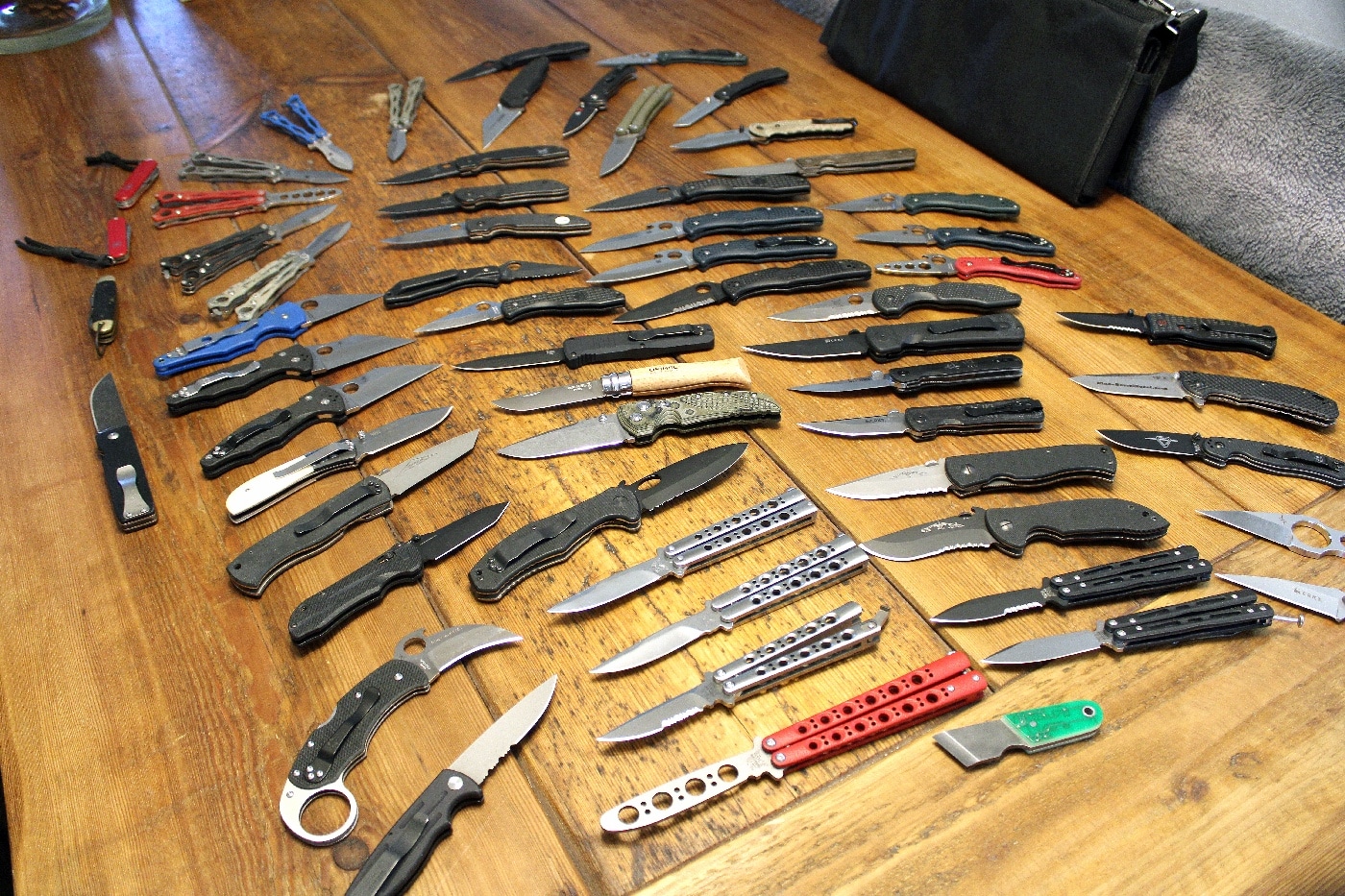
It wasn’t until I had my entry-level job as a window and screen repairman that I truly understood the importance of having tools on your person rather in a box, chest, or the garage floor. In my first leather tool belt, I toted a spline roller, utility razor, pliers, screwdrivers, a hammer, a carpenter’s pencil, and a tape measure.
But in the front pocket of my jeans, I carried my dad’s Case Model 2138 Sod Buster. When he gave it to me, it had seen quite a bit of wielding and patina. I cleaned it up and it was all mine. It proved more than a good companion. I still have that vintage knife from more than 40 years ago…
But what EDC knife is right for you?
Fixed Blade or Folding?
I will defer to my colleague Mike Boyle, who recently wrote Fixed Blade vs. Folding Knife. As a career law enforcement officer, I agree with everything Mike wrote. Both of us started as rookies before the arrival of the modern one-handed opening folder. I started out carrying a small Bali-Song branded butterfly knife in the top pocket of my uniform until Sal Glesser and Spyderco changed the course of the police folder with that ubiquitous hole. Other opening devices would follow.
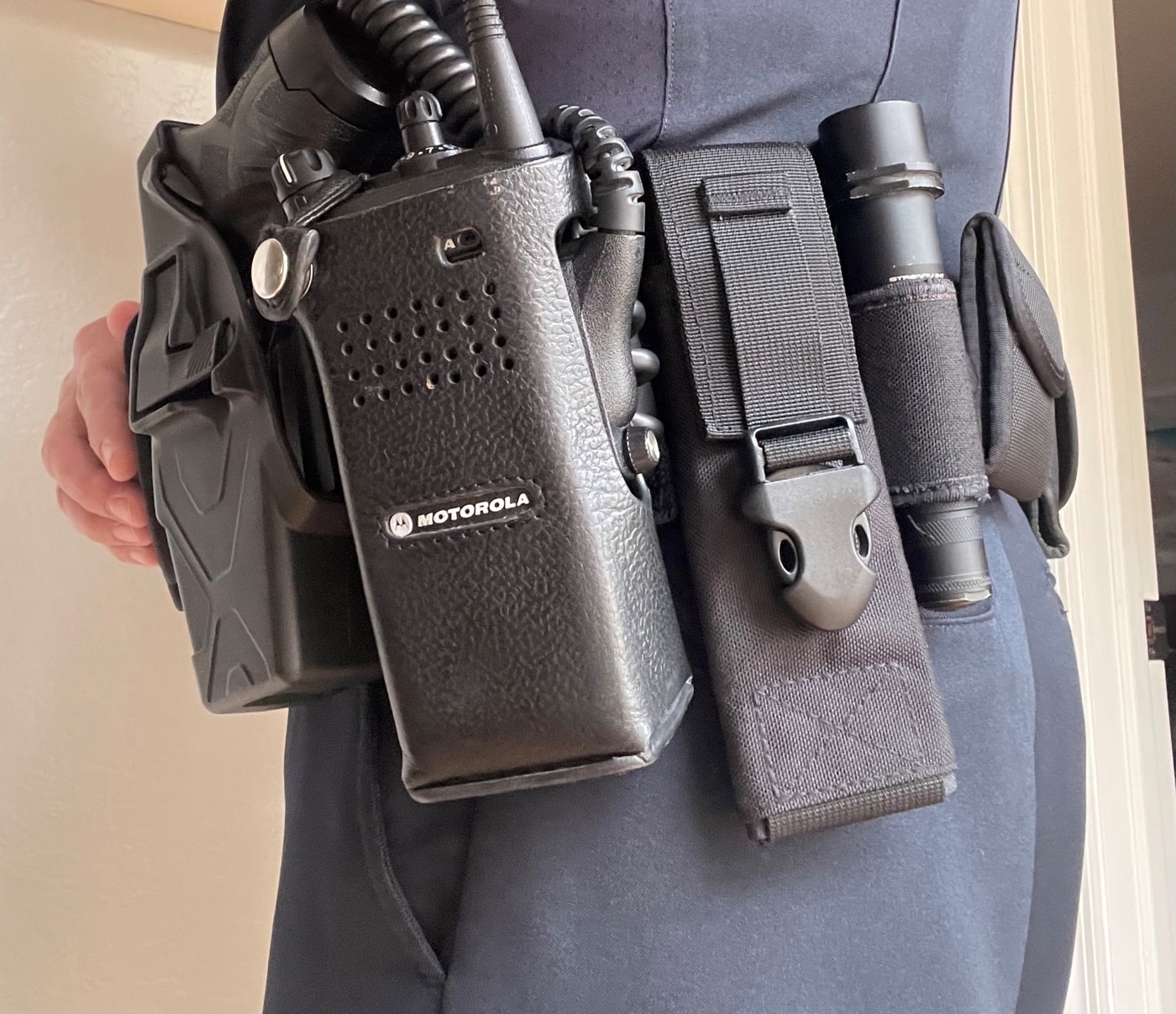
I now carry a fixed blade at work when possible, keeping it simple and strong. My police duty belt has a full tang blade knife in a discreet sheath, and I have a fixed boot knife as well. Folders certainly have their place for ease of EDC and this is how most people bring their blade. We’ll get to folder locks and safety momentarily.
Steel
This is a contentious topic as there are many steel snobs out there who are always touting the latest metallurgic concoction. Some steels are softer than others after heat treatment and lack metallurgical ingredients that contribute to toughness and wear resistance. These will sharpen easily, but not retain a keen edge long.
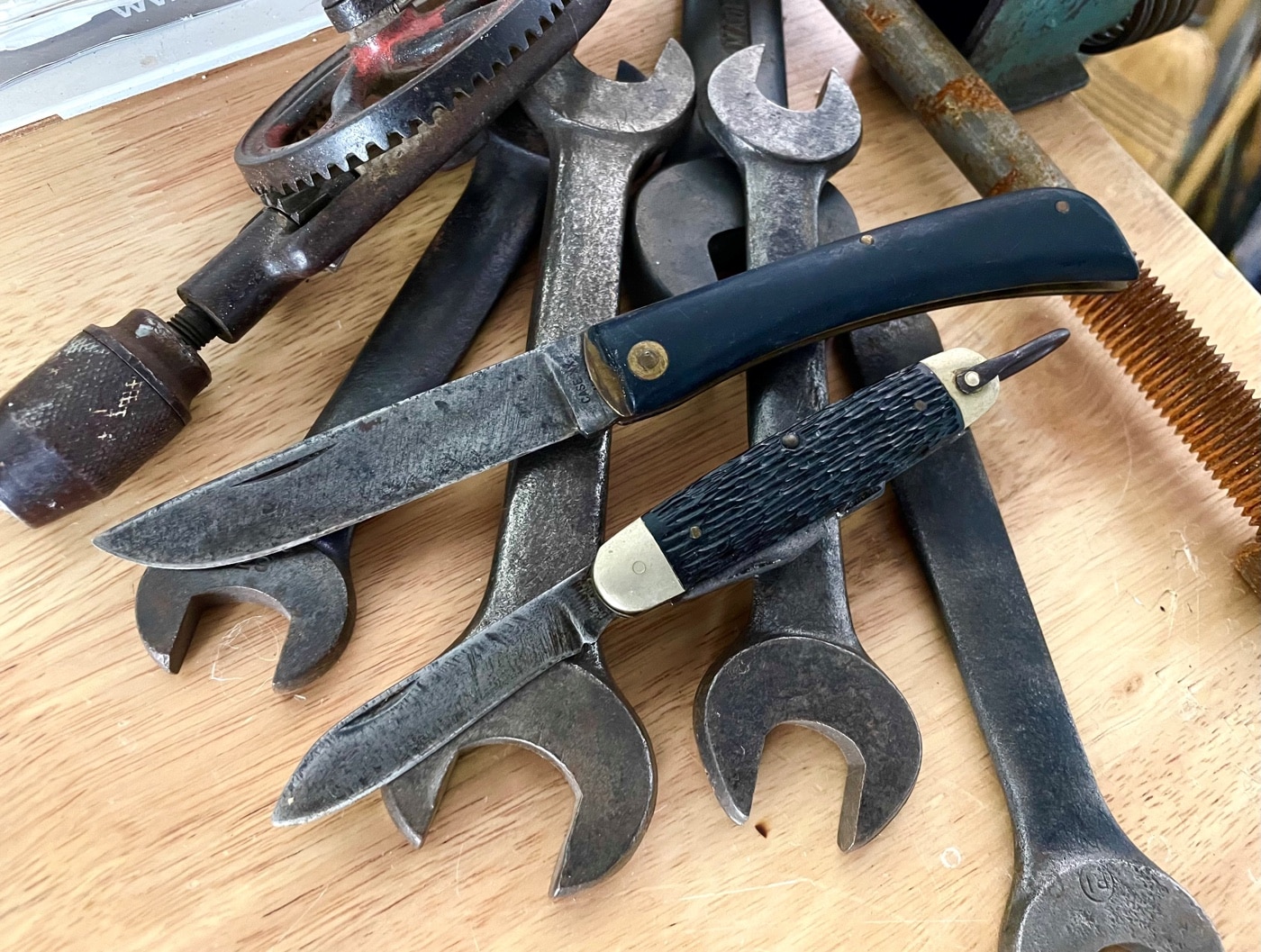
If you don’t know a CPM-S90V from a 440A, do a little research before choosing a knife. Most of us don’t use a blade roughly enough to warrant today’s en vogue “super steels,” but in addition to S35V and S90V, you will see high-quality knives produced from M390, AEL-B, Nitro-V, N690, and Magnacut. I make knives with 154CM (and Alabama Damascus).
Don’t discount high carbon steels for performance, as some very fine blades are either forged or stock-removal-made with the likes of 1075, 1085, 1095, 15N20, or 52100. Tool steels such as A-2, D-2, O-1, or W-2 are often used by custom knife makers. Finally, specialty steels H-1 and LC200N are excellent in corrosive environments. If your knife is subjected to extreme daily tasks or exposure to salt water, then you may want to educate yourself on the advantages of the various knifemaking steels.
Profiles
The general shape or outline of a blade is its profile. Arguably the two most popular blade styles are clip points and Bowies. Spear points, stilettos, and daggers are pointy for penetration. Wharncliffs have a straight edge for power at the tip for downward cutting.
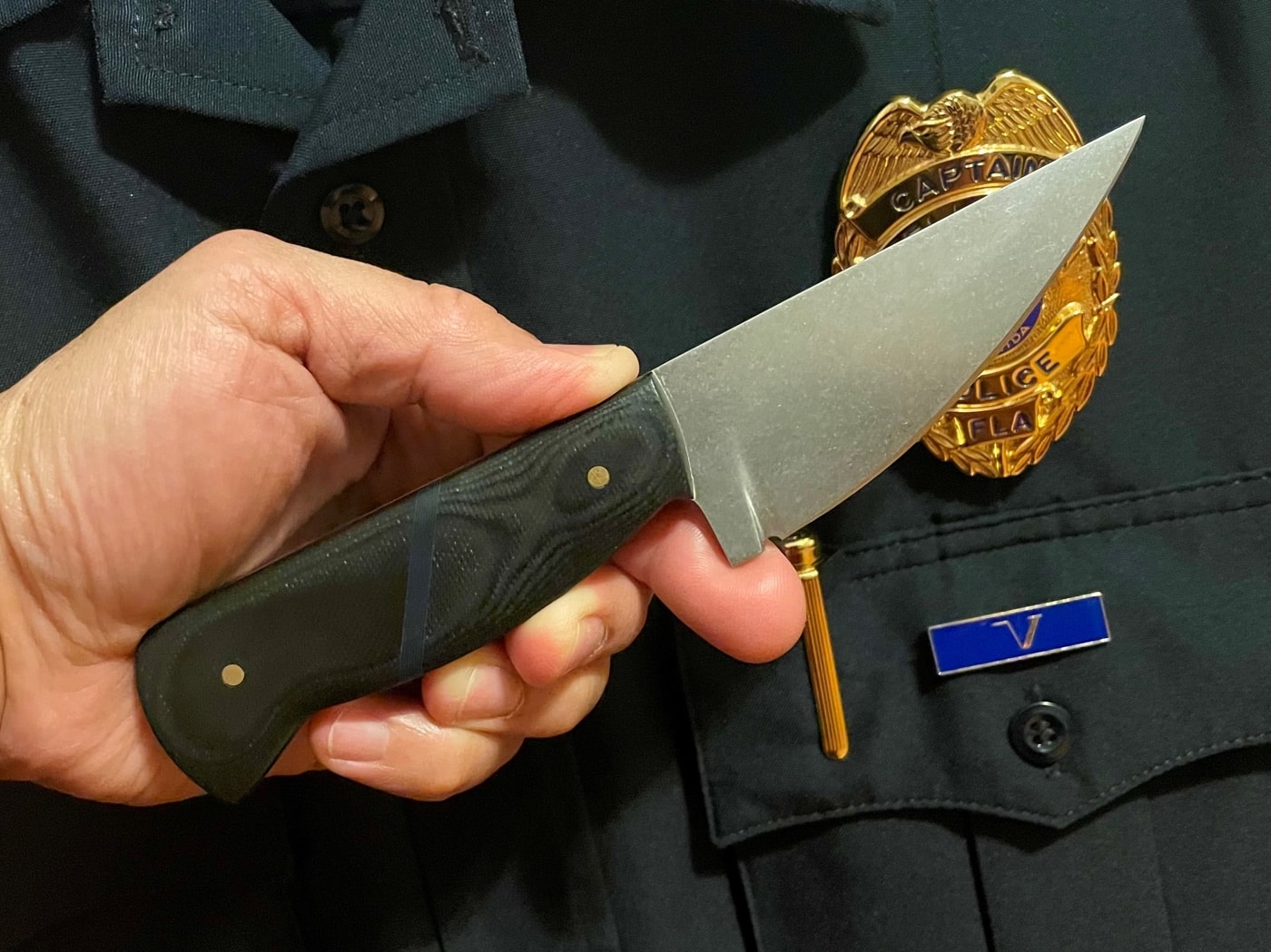
Skinners have deep bellies for flaying. Persians are upswept, hawksbills are downswept. Recurves and kukris pull materials in for serious cutting. The Kris is a Filipino flame shape. And there are more to be sure.
Grinds
The cutting ability of a blade for a given task is largely determined by the way its bevels are ground. A hollow ground knife tends to have a thin profile that leads to a keen edge. Full flat grinds tend to achieve a similar result. Appleseed or convex grinds are known for their overall strength. Tantos, which traditionally have a single bevel or asymmetrical bevel, are like tanks in thrusting. Scandi grinds are made primarily for bush crafting. Ask yourself what will you be using your knife to do.
Handle Design
Comfort or aesthetics? A solid purchase of an edged tool is always important, but should it also be pleasing to the eye? That’s a sliding scale for each user. I prefer an ergonomic form, but give some nod to looks.
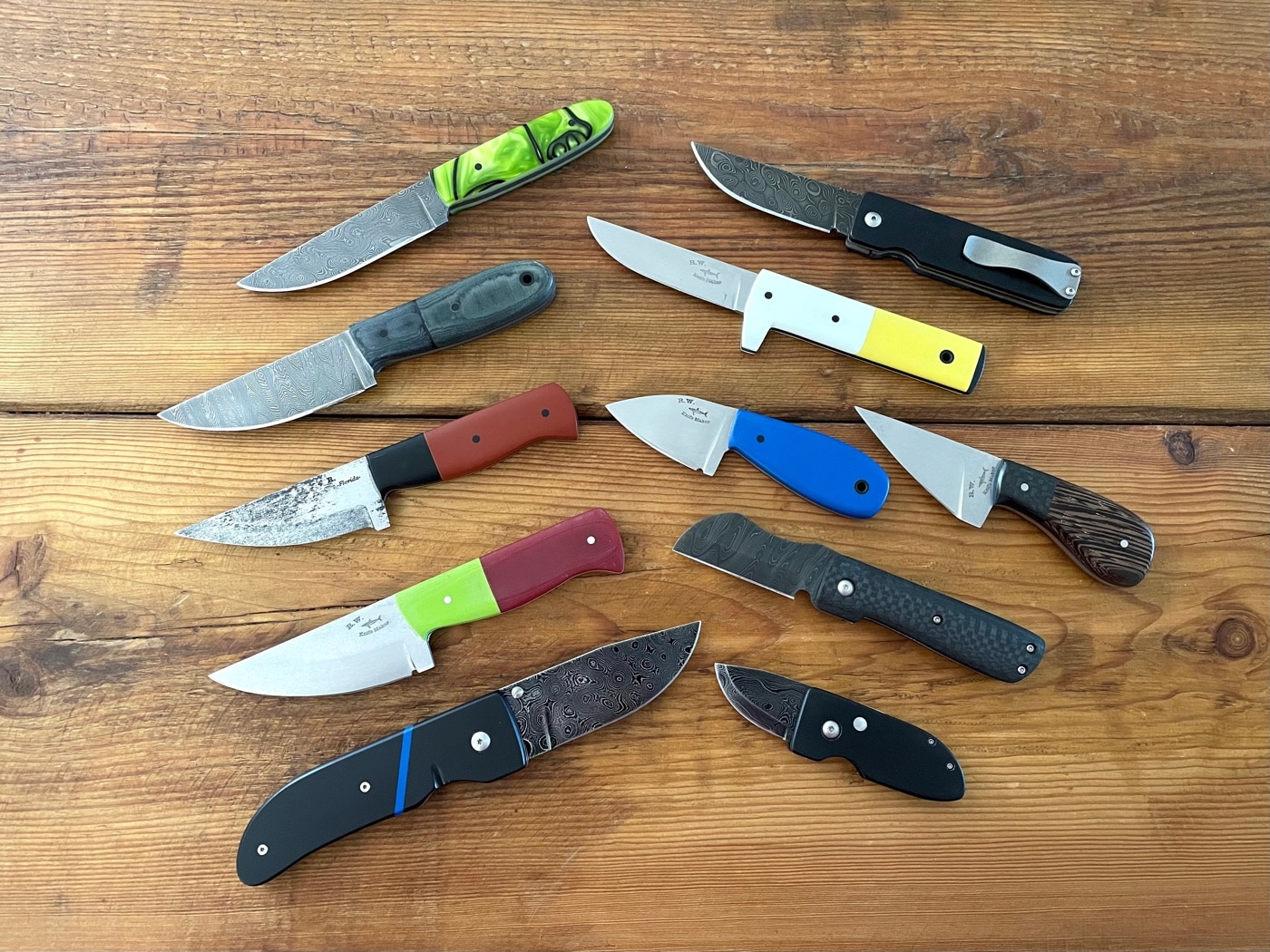
In either fixed or folders, I prefer to have a physical stop to keep my fingers from meeting the sharp. This may not be as important to some purely utility users. Creativity and function can meet in a well-made knife handle. What feels just right in your hand is best. A poor design can cause hot spots and injury during vigorous use.
Handle Materials
Whether fixed or folding, what meets your palm can be constructed of metal, polymers, phenolic resins, Fiberglas, wood, rubber, leather, horn, or composites. Or all of them! Pretty can be the enemy of durability, so human-produced materials are predominantly designed to be tough. I like textured materials in a using knife, and organics on a presentation blade.
Defense, Utility, or Both
If you don’t invest in defensive blade training, you may not want to think of your knife as combative. In Filipino-edged weapon training, a consideration is “defanging the snake,” that is cutting or limb immobilization to remove the lethality of your opponent without life-taking when possible.
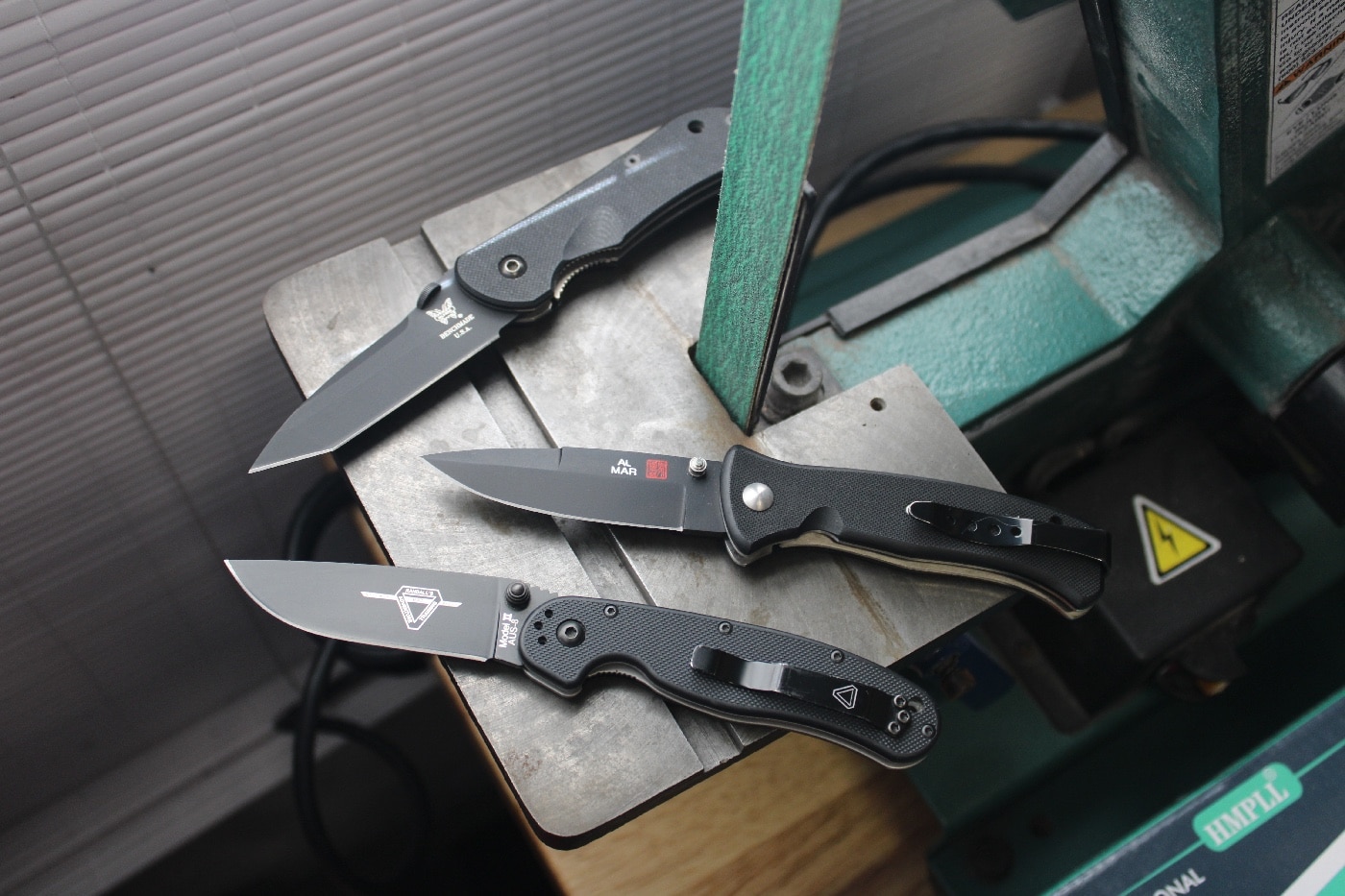
If you could be judged by a jury of your peers, you should be able to justify your actions. For most of us folks, slicing envelopes, boxes, cords, packing materials, and fruit is bliss. An EDC knife can be indispensable for many daily chores, but not prying.
Locking Mechanisms
For folding knives, a lock can be the difference between happily parting materials and those materials being your digits. Back locks, button locks, liner locks, friction locks, and many trademarked proprietary mechanisms can keep a blade from refolding when unexpected. A butterfly knife is perhaps the most failsafe type, with both handles rotating so the blade cannot close. Some other locks have secondary safeties. If this is a concern, test the knife in a padded vise to see if you can strike the back of the blade to induce it to shut. While I love a well-executed Walker liner lock, its mass production has made some knives suspect in the reliability realm. Beware of a lack of quality control.
Sheaths
Whether belt, pocket, or boot, a well-constructed sheath is needed for fixed blade knives and is a nice option for folding knives. Tooled leather sheaths can be absolute works of art. When given exotic inserts made of alligator, stingray, or ostrich, for example, they level up.
Thermoplastics like Kydex, Holstex, and Boltaron are weatherproof, practical materials. I recently wrote an article on how to make a Kydex holster. Retention is always a consideration. Friction fitting is okay, but snaps, straps, and holster-style locking mechanisms can be paramount in security.
Pocket Clip
Folders are best accessed in the pants via a pocket clip. Designs can be ornate or plain. Deep carry pocket clips can hide a knife from plain view by having it ride very low in the pocket’s lip, but may make it harder to draw the handle in an exigency. If you carry a knife with a device that deploys the blade when pulled across the corner of the pocket, be advised that it is equally possible for another person to grab your knife and open it against your wishes. I no longer employ these on duty.
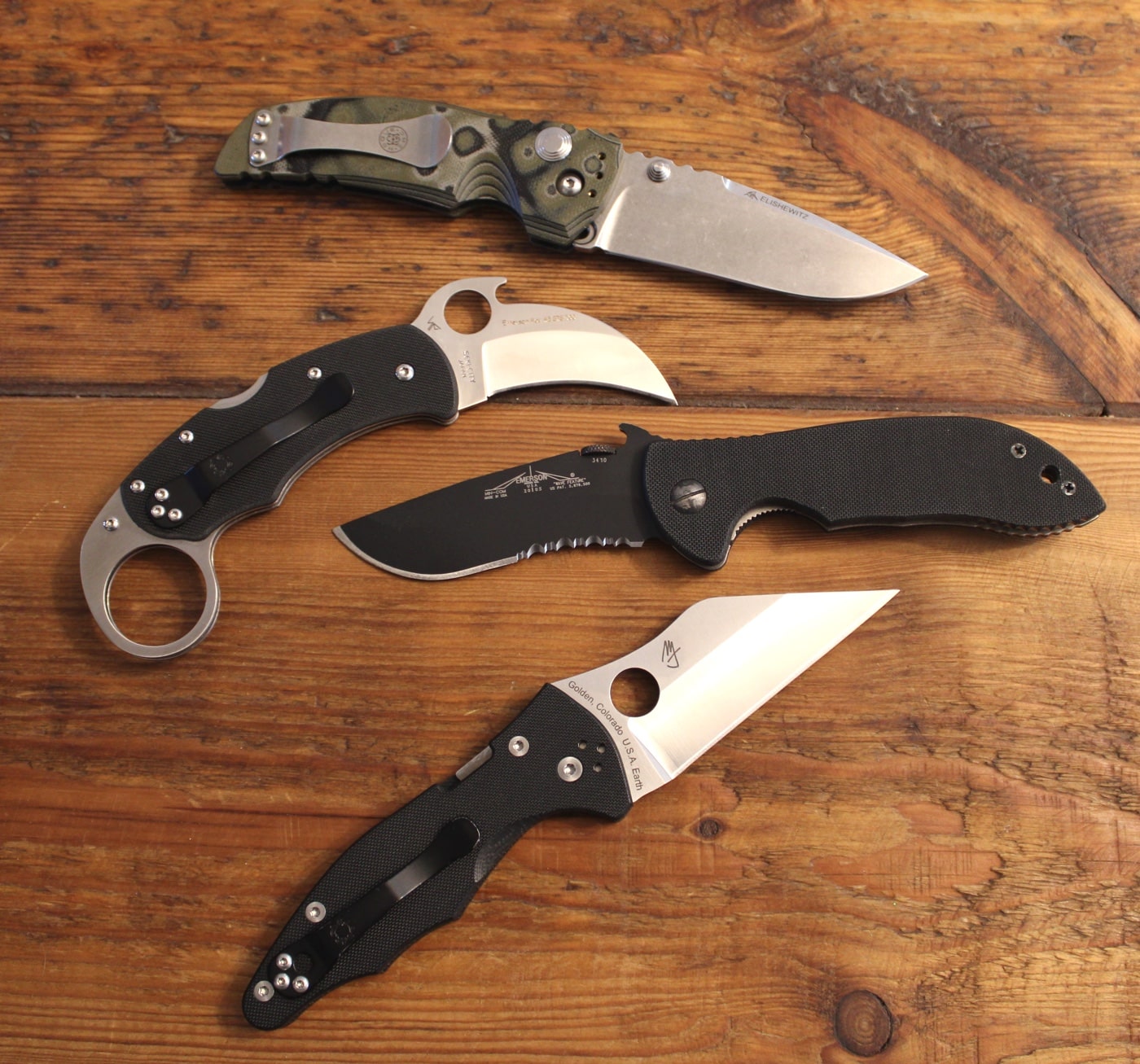
In addition to my Dad’s Sod Buster, he also bequeathed me his original Kutmaster Boy Scout knife from the 1950s. I cleaned this one up as well, noting that Dad wasn’t afraid to use his knives on his adventures, long before EDC was coined. I can only imagine what trouble my dad, a boy growing up in Florida-gone-by, would encounter when camping, hunting, fishing, sailing, and rabble-rousing. Whatever knife you carry every day, take good care of your knife and it will take good care of you. Yeah, dad said that, too.
Editor’s Note: Be sure to check out The Armory Life Forum, where you can comment about our daily articles, as well as just talk guns and gear. Click the “Go To Forum Thread” link below to jump in!
Join the Discussion
Continue Reading
Did you enjoy this article?

 277
277





